- Call us: 01444 237070
- Contact Us
- Stores
- Sign In / Register
- Black Friday Deals
-
- Back
- Used Cameras
- Used Accessories
- Used Lenses
- Used Video
- Used Film Equipment
- Used Stock Alert
- Used Blank Test
- Sell or Part Exchange
- All Used Black Friday Deals
- Used Clearance
- Recently Added Used Equipment
- Park Picks
- Faulty
- Trade-In
- Blog
- New in
- Call us
- Contact us
- Stores
- Sign in
- Categories
- Tips & Inspiration
- Reviews
- News
- Events
- Features
- Buying Guides
- Competitions
Why Leica Cameras Are Worth The Cost
It’s no secret that Leica cameras tend to appear near the top when you sort by high to low price on our website. It’s also true that a Leica holds the record for some of the most expensive camera equipment ever sold. To some the price of a Leica is unjustifiable, wondering ‘Why are Leica cameras so expensive?’ while to others it’s simply part of a bigger picture that tells us why Leica equipment is so sought after.
This feature aims to answer these questions, with a closer look at what goes into the cost of producing equipment and why so many enthusiast and professional photographers believe they are worth every penny.
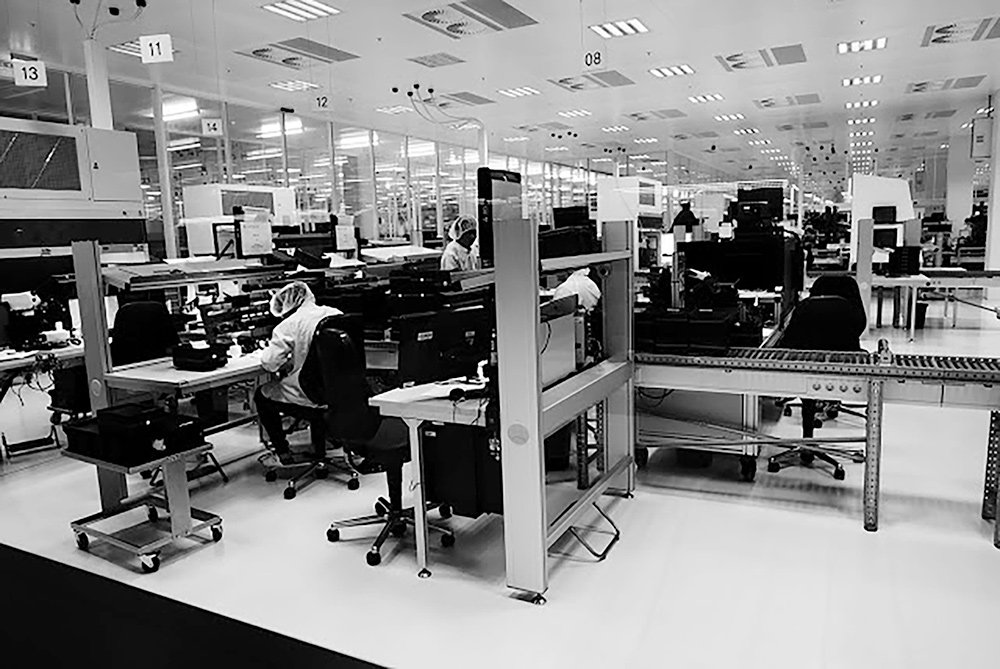
As celebrations begin for the 100th anniversary of the 35mm camera, we take a closer look at everything from build quality and image character to resale value, product design, and technological innovation. Whether you’re considering investing in your first Leica or simply interested in their reputation, this article hopes to tell the full story, not just the price.
Leica Cameras Aren’t Actually Expensive
It sounds bold, but Leica cameras aren’t actually that expensive, especially when you consider the bigger picture. While it’s true that your original investment is likely to be higher than average, the long-term value, durability and ownership experience often outweigh the initial cost.
Take the Q3 for example, which is one of the most popular Leica compact cameras ever. It is one of only a few full-frame compact cameras on the market, with the standard model featuring a fixed 28mm Summilux lens, and the Q3 43 has an equally appealing APO-Summicron 43mm lens. Both boast high build quality with lots of features and tech innovation.
The Q3 is a flagship all-in-one, and it sells for less than flagship mirrorless cameras from other brands, which often come without a lens. When you consider that the Q3 includes world-class optics, a 60MP sensor and is built to last for many years, it begins to look like pretty good value.
You can find out more in our Leica Q3 review, which covers everything from what’s new to the core tech inside this pocketable camera.
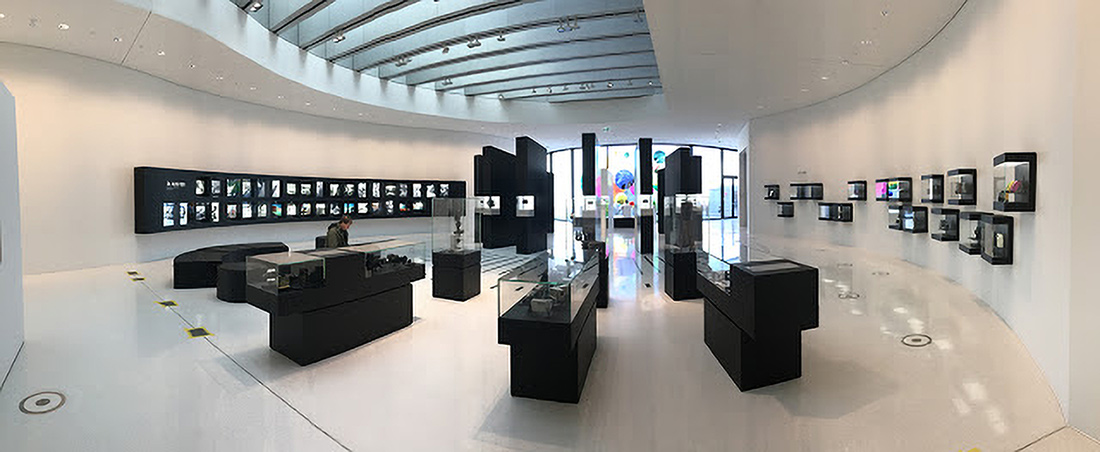
Then let’s consider resale value. Leica cameras and many lenses are known for holding their value well, particularly M-series cameras and limited editions. Unlike most digital cameras, which tend to lose a chunk of value over time, Leica equipment can often retain more of its original price, and in some cases has even been known to increase.
We’ve seen a used Leica M11 camera sell for close to the original retail price, depending on availability and condition, while certain older lenses such as Noctilux or early Summilux models, have more than doubled in value on the second-hand market in recent years. Such is the demand for second-hand Leicas that if you had spent £4,000 on a Leica M (Typ 240) a few years ago, it would command between £2,000 to £3,000 today, depending on the condition. When you take into account that Leica camera equipment can last for decades when looked after, the actual cost of ownership is often far lower than you might expect.
Many Leica Cameras Are Handmade
The Leica factory is a clean, sterile environment where each camera is hand assembled by skilled craftsmen and women who use techniques that have been learned through the company's rich history. The people who make Leica's are highly skilled at what they do and are paid well for it.
This has been the case for around 100 years. In fact, the Leica I is attributed as the first ever 35mm film camera, having been exhibited at the Spring Trade Fair in Leipzig in 1925. So not only did the company contribute to the adoption of photography, they literally made the camera in the Wetzlar factory, that changed history.

You can instantly feel the quality that sets them apart from other brands, and attention to detail is one of the key reasons why photographers regard them so highly. This is noticeable across all models, whether you’re handling an M11, Q3 or a the ‘entry-level’ Leica D-Lux 8. Our first look Leica D-Lux 8 review has a lot more information, sample images and more about this great little compact that makes the brand far more accessible.
A lot of production still takes place in Wetzlar, Germany, where master technicians assemble cameras and lenses using a combination of traditional skills and modern technology.
The M series with cameras like the M6 Film Camera and M11 range are particularly durable, with weather sealing and paint finishes that are made with premium materials.
Clever product design incorporates scratch resistant paints, and components such as brass or aluminium top plates, engraved markings and precision-machined helicoids that can last for decades, while minimising wear and tear that comes with normal use. This is one of the reasons why some prominent photo journalists have been drawn to them over the years. It’s not just the compact form, but the fact they are tough as old boots.
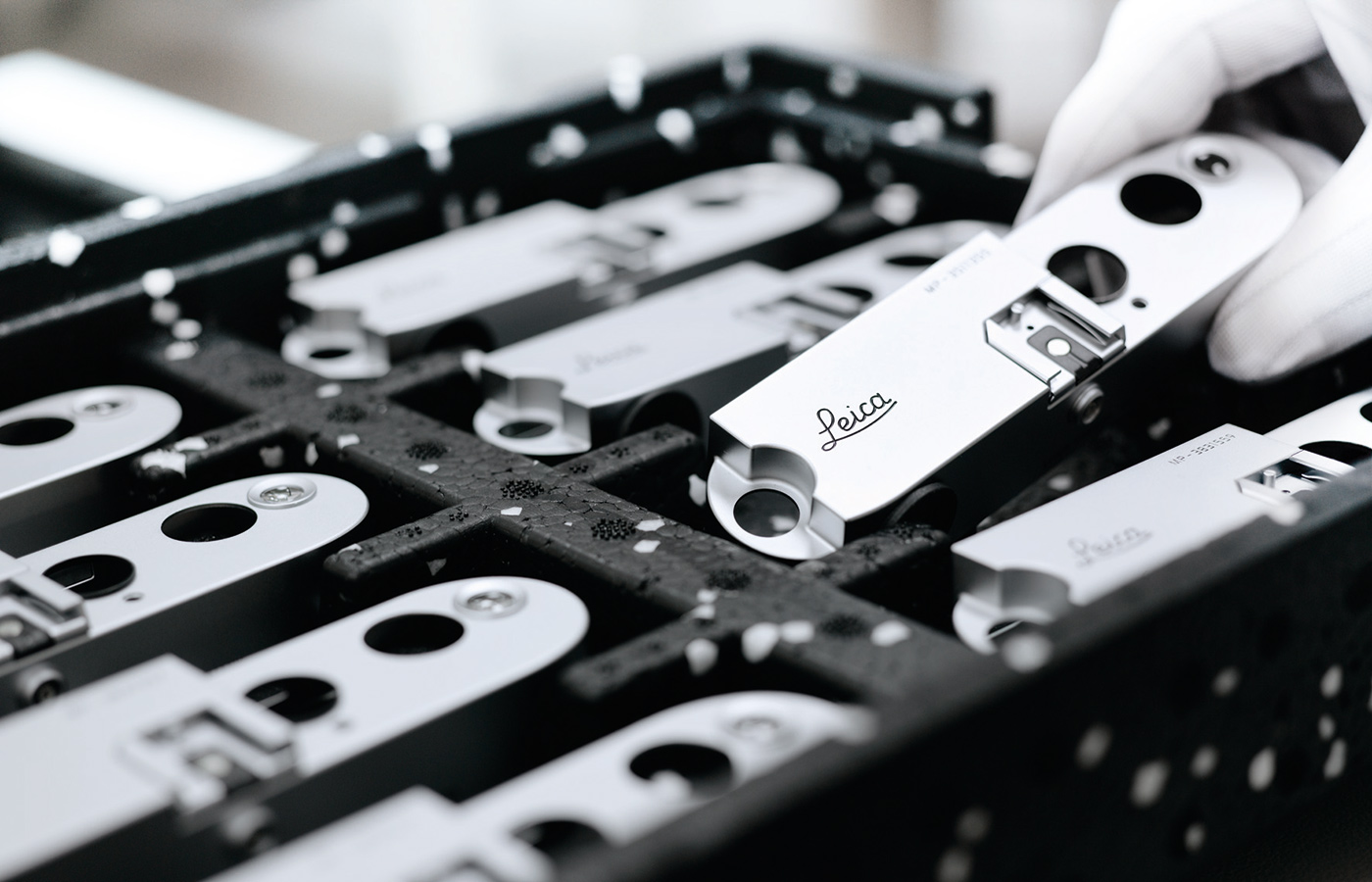
That said, the patina that develops on the body tells the unique story of the owner and their camera, which some photographers love, while others prefer to keep their’s clean and free of marks. It’s your choice.
Many modern systems benefit from comprehensive environmental sealing for real-world use in poor weather conditions. IP ratings aren’t always advertised, but some are noted, which is always appreciated. The Q2 and Q3 are both rated IP53, and the SL2 and SL3 are IP54 rated, when using an appropriate lens. We made a Leica SL3 review when it launched back in 2024, which highlights just how tough these camera are.
These two videos do a good job of showing what goes in to making a Leica camera.
This video is from 2012 and shows a limited edition Leica M9-P being assembled into its packaging.
These are some of the reasons why Leica cameras hold their value so well, but how about the results they can achieve? We explore that elusive look next…
The Leica Look
It’s difficult to describe, but unmistakable when you see it. The ‘Leica look’ is a term often used by photographers when they talk about the unique character, which Leica lenses bring to an image. If you’ve ever shot with this glass, you’ll recognise the subtle finish that gives photos a characterful, cinematic feel.
It’s not about sharpness, although they do make some extremely sharp lenses. Nor is it about bokeh, contrast, or colour, it’s about how all of these interact to create micro-contrast, colour, transition and fall-off with subjects that pop in almost 3D.
As photographer Irakly Shanidze explains in his Art Photo Academy article, the Leica look comes from the way a subject is rendered within its environment. This perceptual separation mimics how the human eye naturally sees, which is part of why images often feel immersive, even when viewed on a screen. Modern Leica cameras and lenses have managed to retain a similarly distinct character.
Few brands manage to combine technical precision with this kind of artistic rendering, which is another reason why so many photographers keep shooting with their equipment.

Leica Lenses Are Adaptable
One of the lesser-known advantages of Leica lenses is how adaptable they are, both within Leica’s own ecosystem and when used with other systems. The iconic M-mount has stayed mechanically and optically consistent over the decades, which makes it a favourite among photographers who shoot with other mirrorless bodies using Sony E, Nikon Z or Canon RF converters.
With a suitable lens mount adapter, M lenses can provide full manual focus and aperture control, while delivering a tactile experience and signature rendering. Many photographers report exceptional results with adapted Leica lenses also able to recreate the subtle qualities that define the Leica look, and I think that all of the images included in this article exhibit character.
Image quality goes beyond the M system, and fixed-lens cameras like the Q3 features a Summilux 28mm f/1.7 lens, which rivals high-end interchangeable lenses in terms of image quality, colour rendering and low-light performance.
This optical knowhow extends outside photography, with a range of precision optics found throughout the range of binoculars, which are also engineered to deliver premium transmission, clarity, and durability for wildlife observation.
When you invest in a Leica lens, you’re choosing long-term reliability, adaptability and unique image quality that few other manufacturers offer. Additionally, when it comes to resale, used Leica lenses often retain a high percentage of their original value on the second-hand market, so you’ll recoup more of your investment, just like with the camera body.
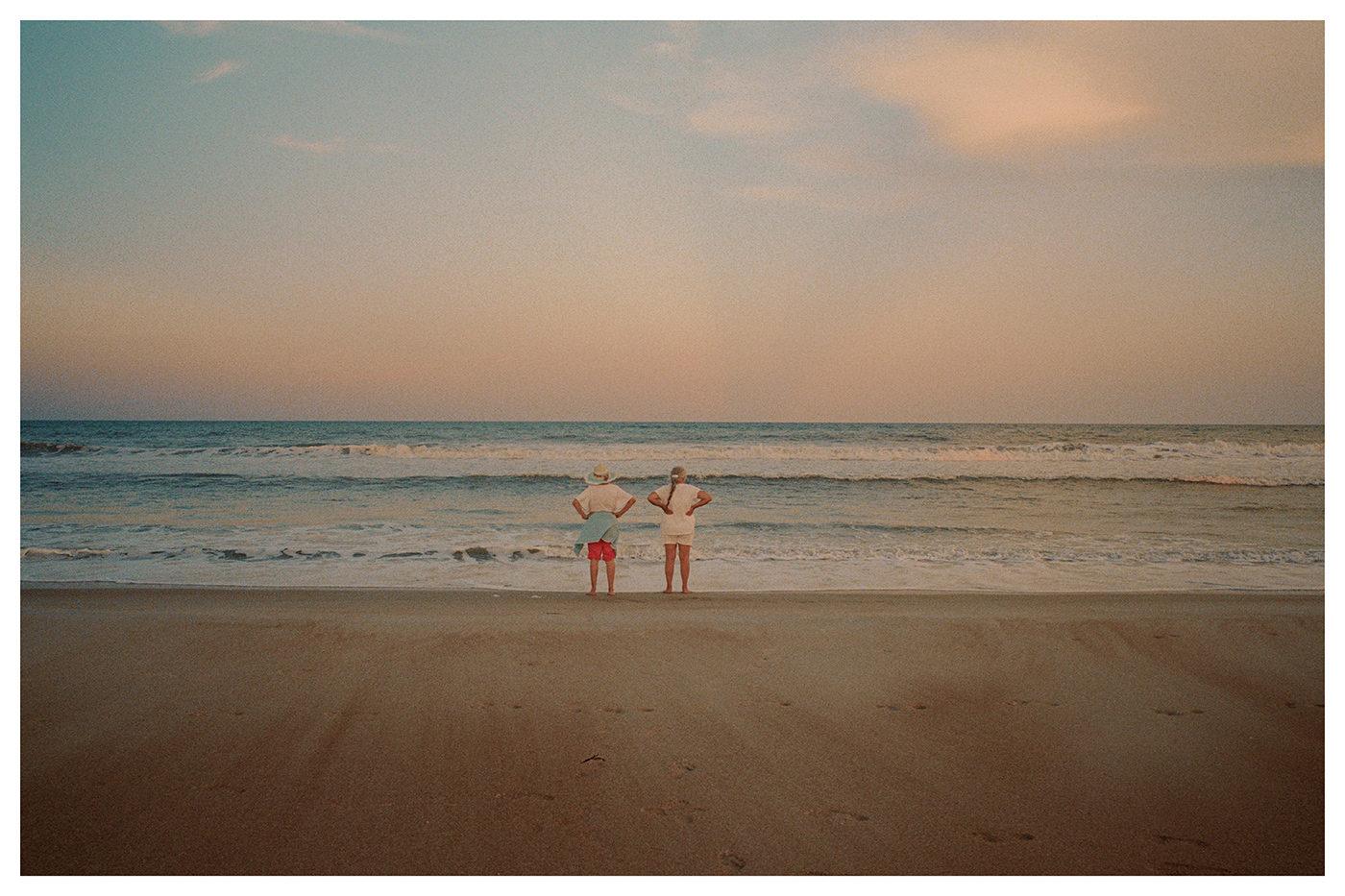
Scanned film by Joe Greer, image of two people on the beach captured with the M6
Leicas Are Worth the Premium
It’s true that Leica cameras probably have a higher upfront price, but what we hope to have demonstrated is how well they hold their value over time. Whether new or second‑hand, this is one of the photography brands who’s gear typically retains more value in the long‑term.
Take the classic M6 from the 1980s as an example. Demand for film cameras among enthusiasts and collectors has kept prices around double the original price from over 40 years ago, and digital cameras are trending in a similar way.
Even a modern M11, which launched at around £6,900 new, typically sells on the second-hand market for around £5,500 – £6,000 depending on condition. Leica lenses have been known to appreciate over time due to their optical quality, durability, and cross‑system compatibility, which noted earlier.
Perhaps the most dramatic proof is the 1923 Leica 0‑Series, which is the world’s most expensive camera ever, having sold in June 2022 at auction for over £12 million. Although of course this is a unique example, it shows just how desirable the brand is.
All of this suggests that while the initial cost of a Leica may be higher, the real cost of ownership is often lower in the long run. With equipment made in Germany that is intended to last for decades and a very strong resale market, you’re likely to spend less across the lifetime of your gear than with some alternatives.
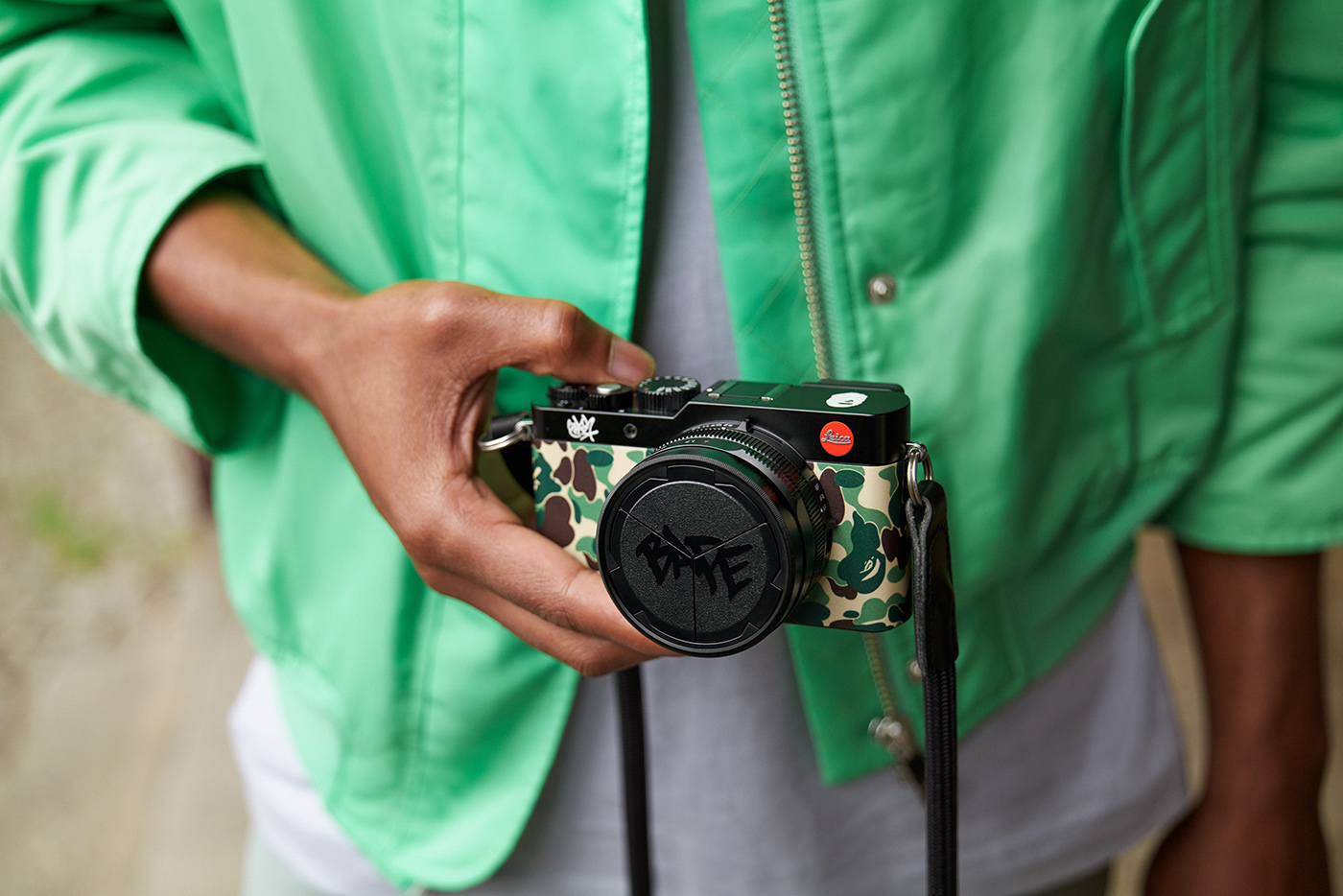
Cultural Icons and Design Partnerships
One of the many reasons why the brand has thrived over the years is that it has evolved from a camera brand to a cultural icon, which is recognised in art, fashion, design, and pop culture. These cameras are not just tools, they have become an icon for seeing and capturing the world. Time and time again, photographers, directors, writers, and musicians have chosen Leica for this cachet.
From Photography to Pop Culture
This influence has flourished through strategic partnerships with global brands such as 007 x Leica, Disney, A BATHING APE® x STASH, Hodinkee, and many more. Ambassador and Akademie Instructor Eolo Perfido, who is a Sony World Photography Award winner praises the ‘micro-contrast and the feeling in your hands.’
Craig Semetko is a street photographer famed is another photographer who mentions Leica’s ‘quiet leaf shutter and classic rangefinder setup,' which helps him stay unnoticed and capture candid moments that define his style.
This legacy stretches much further back, all the way to the pioneers who helped to make photography such an accepted media. Henri Cartier-Bresson famously used a Leica to capture the ‘decisive moment,’ defining a style which is still imitated today. Robert Capa used the same compact 35 mm body under fire in conflict zones like the Spanish Civil War.
Other Magnum photographers include Inge Morath, Bruce Davidson, Alex Webb, Robert Frank, Josef Koudelka, and René Burri, all of whom worked with Leica equipment to tell their stories.

Pioneering Technology
Beginning with traditional photography, Leica continues to push boundaries, adopting forward-thinking technology into equipment for today’s creator. This is evident in cameras like the M11, M11‑P, and Q3. A major innovation arrived in the M11‑P, which was the first camera to include Content Credentials, based on the Content Authenticity Initiative (CAI) and C2PA standards. This verifies the authenticity of an image at the point of capture, helping to fight misinformation and AI-adoption within photojournalism and commercial media. You can learn more about the M11-P Rangefinder Camera and its capabilities here.
Other advanced tech can be found in the M11 series, which was the first to offer a triple-resolution full-frame sensor, allowing photographers to choose between 60MP, 36MP, or 18MP DNG files using the full sensor area.
The brand continues to deliver innovation in other areas, including by releasing their first ever 35mm camera film in 2025, which coincides with the 100th anniversary of 35mm film photography.
By combining heritage with cutting-edge features, Leica has created a niche where innovation meets usability, and while cameras might look understated, they cater to even the most demanding photographers.
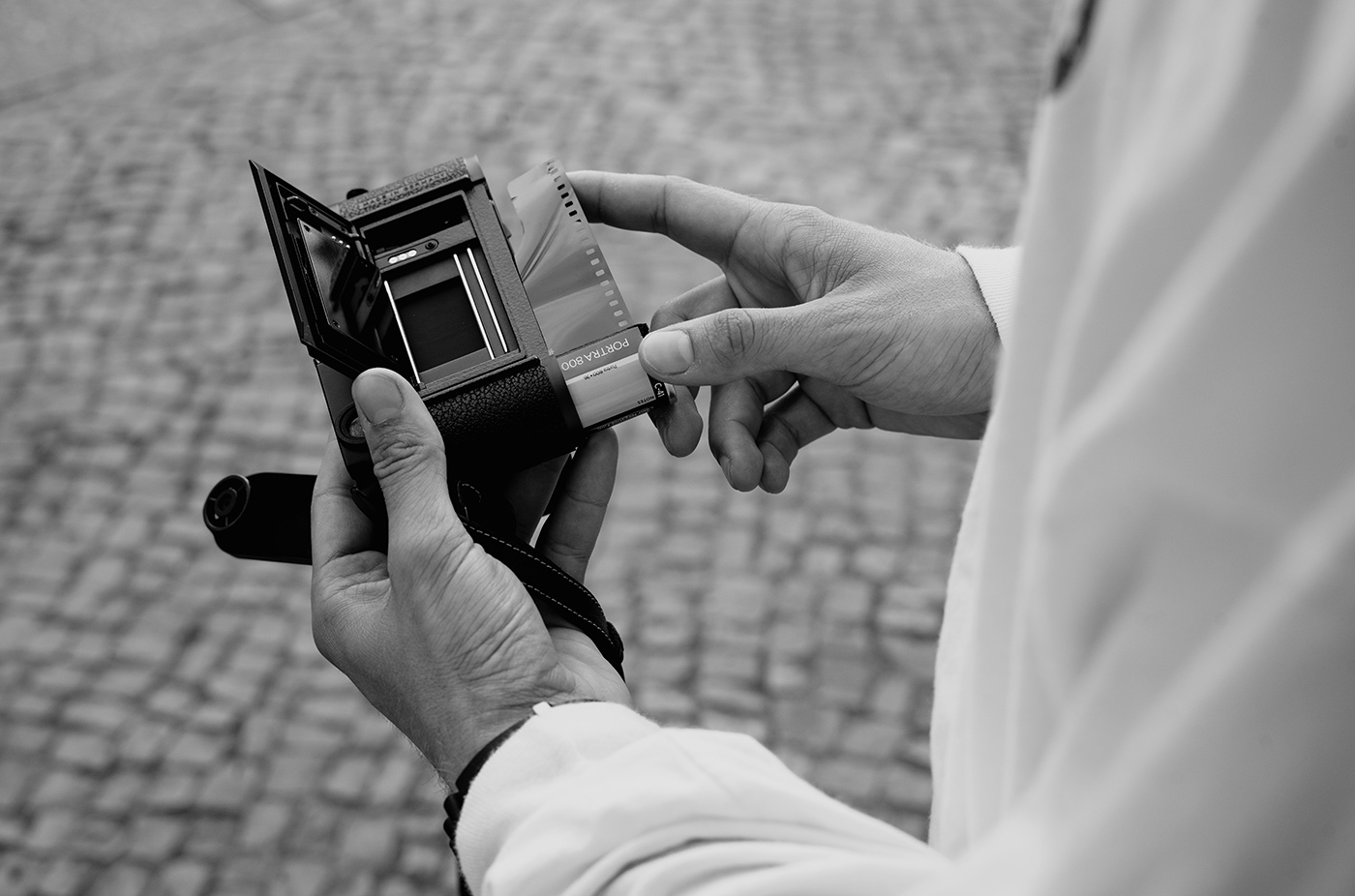
Ergonomics That Slow You Down
Another benefit of Leica cameras is how they feel during use, often slowing you down to really look at your subject. This might sound trivial, but in a world where smartphones make content creation so easy, many creators are looking for something more engaging, where the image making process becomes far more immersive.
When you do need to dive into the menus, Leica’s interface is thoughtfully designed, clear, easy to navigate, and consistent with the brand. Fonts are crisp, the layout is logical, and it’s obvious that time has been taken to develop the UX. This is the case, whether shooting with a film or digital M-series rangefinder, Leica’s approach has always been consistent.

Sample image captured with the D-lux 8
A slower product cycle
Where some brands saturate categories with a slightly bewildering range of options, Leica offers just one or two models within each range, with a slower release cycle. While best known for their rangefinders, the lineup also includes compacts, instant, full-frame mirrorless, and there was even a medium format system, which we hope to see return.
- At the most approachable end is the D-Lux 8, which combines a Four Thirds sensor with a versatile zoom, and is the perfect entry to the brand for everyday photography with a pocketable camera.
- The Sofort 2 is an instant camera, which is available in Red, White, Black and Special Editions, combining instant printing with digital, while incorporating a unique design language.
- Fixed-lens full-frame models like the Q3 and Q3 43 deliver high-end image quality with a prime lens and 60MP resolution. With up to 8K video and triple sensor technology, these are popular for street, travel and hybrid content creation.
- For professional use the SL3 and SL3-S provide extremely capable features for high-end stills and video content creation. Features include 6K open gate, RAW video over HDMI, phase-detection AF and tech such as High-Resolution Multi-Shot Mode, catering to every situation.
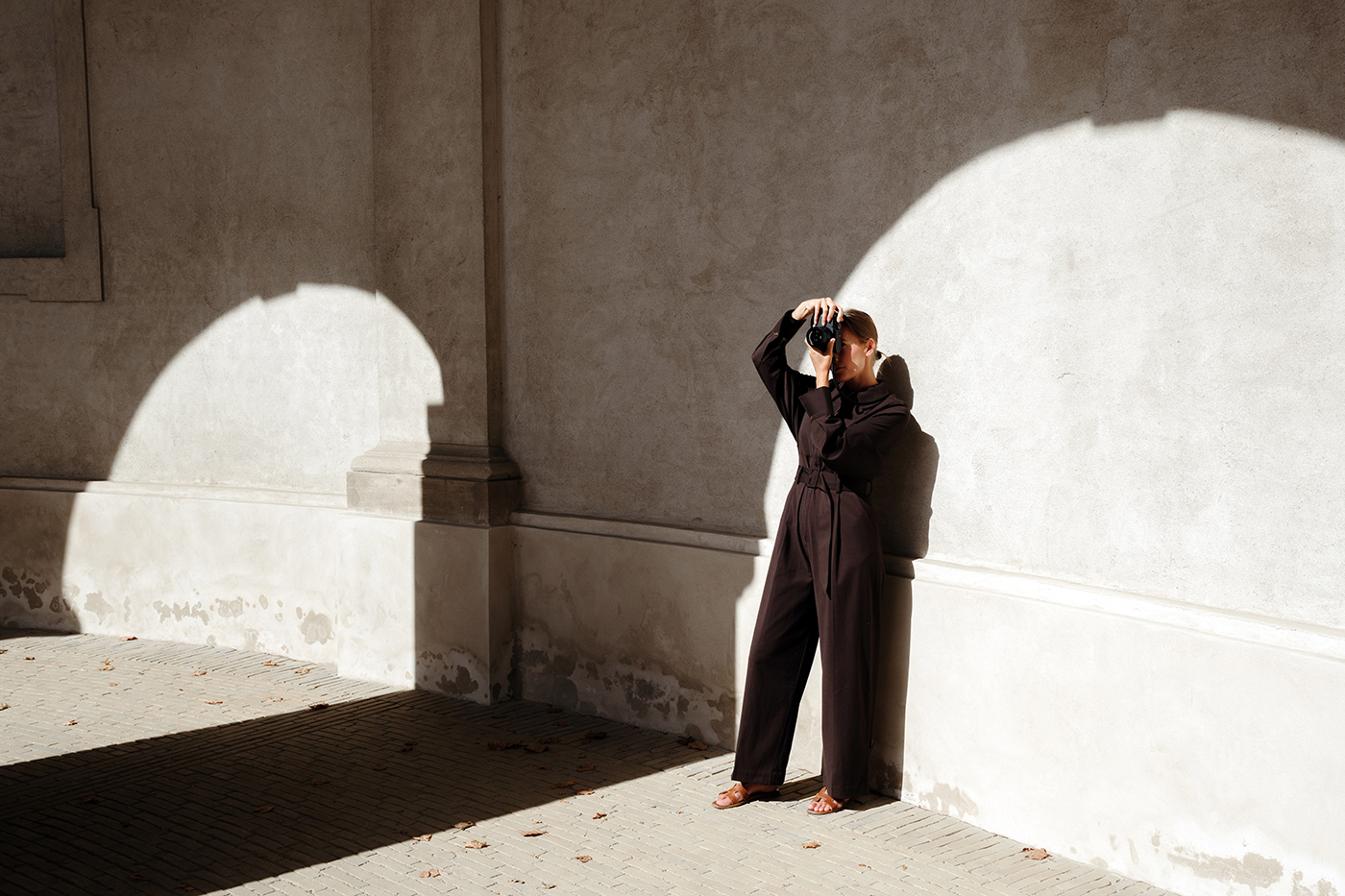
Shooting with the Q3 compact
Tools That Inspire in the real world
From documenting global events to capturing family snapshots and unique moments on the streets, Leica’s role in visual culture is undeniable. Our customers can explore the full range of Leica cameras and lenses online, and in dedicated departments in our London store and in Sussex, to get hands-on with these icons, and discover what makes this brand such an ongoing success.
If you’re considering a move to Leica from another system, our Trade-In Programme offers an easy way to get started with a chance to switch systems without all of the hassle.
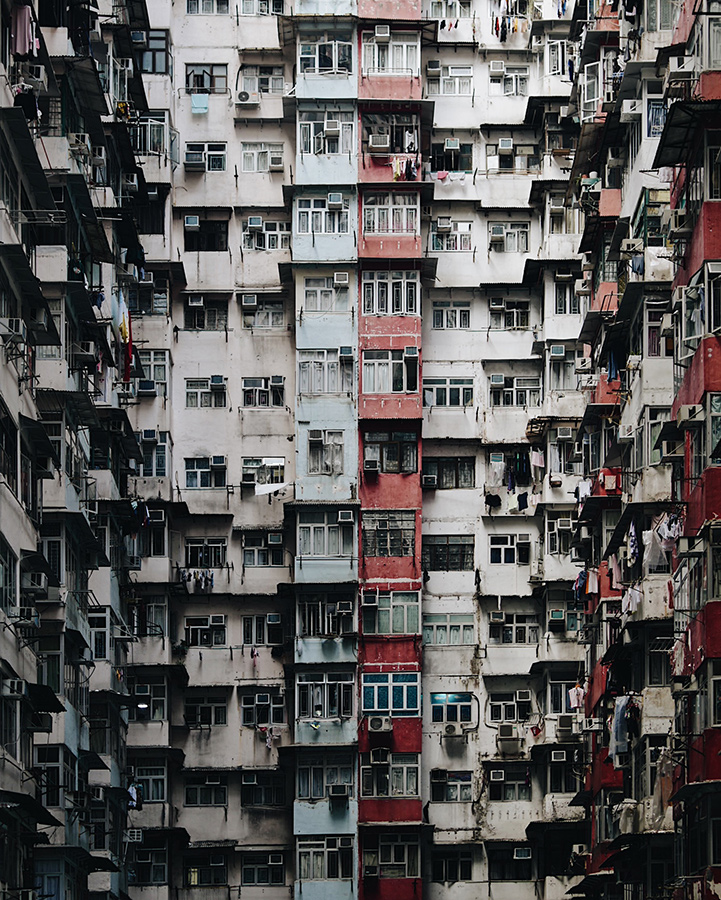
Sample of Chinese urban scene with the Q116
Frequently Asked Questions
We’ve included a brief FAQ, which answers some of the most common questions.
Why Are Leica Cameras Special?
Leica has a history that stretches over 100 years, and is recognised as inventing the 35mm film camera. Their equipment is compact, discreet, and known for delivering a unique character and 'look.’ The focus is on simplicity, usability and quality, with many models still handmade in Germany.
Why Are Leica Cameras So Expensive?
Leica cameras are primarily made in Germany using premium materials like brass and aluminium. Many are assembled by hand, and their equipment is known for durability, optical excellence and an understated design. The price reflects this heritage, craftsmanship and product innovation.
Do Leica Cameras Hold Their Value?
Yes. Many Leica cameras retain a good percentage of their original value, even after years of use if looked after. Some rare models have even been known to appreciate, and it’s not uncommon to see older cameras sell for close to, or more than, the original price.
Is the Leica Q3 Worth It?
Yes, for anyone looking for a full-frame compact camera with incredible image quality and modern features, the Q3 is one of the most capable options available. With features such as triple-resolution, PDAF autofocus, 8K video, and an intuitive layout, it combines heritage with next-gen performance.
Which Leica Camera Is Best for Beginners?
The Leica D-Lux 8 is an excellent choice for beginners, and it’s capable of capturing great results from a compact body with a built-in zoom lens. If you want a more advanced interchangeable lens system, the SL3 and SL3-S deliver fantastic results and access to L-mount lenses.
Do Professional Photographers Use Leica Cameras?
Yes, some professionals shoot with Leica, especially working photojournalists, documentary photographers, and photographers in fashion or fine art, where the brand is well known. The M, Q, and SL systems are used in professional workflows worldwide, and are favoured for their image quality, discrete form and long-lasting durability.

That rounds off our post about this very special German brand. Whether you see them as an engineering powerhouse, a modern icon, expensive or classic, it doesn’t change the fact that this is a company, which has continued to thrive in the ever-changing landscape of photography, and long may that continue.
Share this post:
By Park Cameras on 23/06/2025
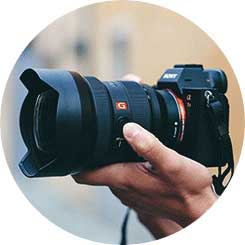
Trade in your old equipment
Fast and easy trade in service ensures your old gear is collected efficiently and you are paid quickly! It's very simple to trade in your unwanted photography gear. Just head over to our dedicated Sell or Part Exchange page, fill out the details, and we'll get back to you with an offer for your old gear. Take the cash, or put it towards the cost of your new gear. It's up to you! Find out more
sign up to the newsletter
Keep up to date on the latest photography news, events and offers. Sign up now